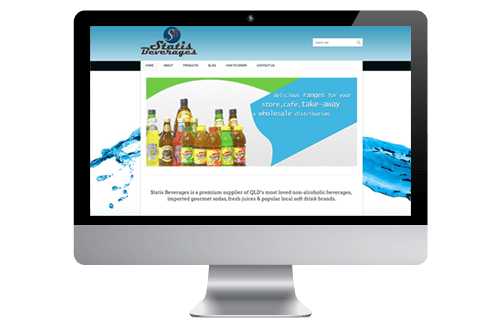For a small business, embarking on the journey of getting a website can be a daunting and overwhelming experience. What kind of site do you need? What kind of content do you put on the site? How do you make sure your site stands out from the crowd? Here are a few small business web design tips to help you plan your website so that it’s effective, meets the needs of your business and delivers content to your visitors in an engaging way so you can thrive online.
1. Get to Know Your Business
What are the main functions of your business, what does it do? Once you understand these you can start to develop content for your website that will speak to your business effectively. Does your business: a) provide services? b) sell products? c) make or create work (as a photographer/artist/designer)? d) provide training/consultation? Knowing what your business does will help you determine what your website should do. Determining the underlying reason for you having your site will make it far more useful and therefore an asset to you business.
2. Know your target
Who’s your target audience? This can help determine the look, feel and functionality of the site, as well as find the appropriate ‘tone’ for the copy to suit your target’s needs and expectations. Some questions you can ask are: – what is your target’s age, gender, economic status, social behavior? – what are their habits? – what kind of jobs do they have – do they even have a job? – where do they hang out – is it online or in certain locations? – what will people expect to do once they’re on your website? Doing some research to really understand your audience will help determine a more user focused approach to your website, matching the needs of your audience to the site’s functionality. This builds better engagement and conversion.
3. Focus on benefits not features
For small business web design strategies, focus on the benefits of your business, rather than just the features. This helps you engage your audience and spell out why your product or service is something they want to use. For example if you have an online shop that offers a money back guarantee on wrong choices, make sure you articulate the benefit of this. It means your visitors can buy your products confident that even if they make the wrong decision or change their mind, they have the option to get their money back. This alleviates some of the common concerns with online shopping and builds trust between them and your business.
4. Tell your story
You want to stand out right? Rather than the usual ‘about us’ page, use a story to tell the history of your business. Be truthful of course, but let your readers see the interesting side to your business. People love stories and they keep people interested, which helps people connect to your business much easier.
5. Pictures are important
Last but in no way least, don’t skimp on photography! Use pictures that are interesting but also accurately represent your business (don’t false advertise). If you don’t have good quality photographs, find a photographer, don’t do it yourself unless you have a secret photographic gene. The money you spend on professional photography is an investment that will make a big impact on how your website performs online. A website without pictures is like a food with no flavour. It’s functional, does the job but it won’t be interesting and people wont be compelled to stay on your site to find out more, which is the point right?
Other resources
Using Images for Conversion Storytelling in Business
What do you think? Have any good ideas for small business web design strategies?
Use the comments box below to join in the conversation.
